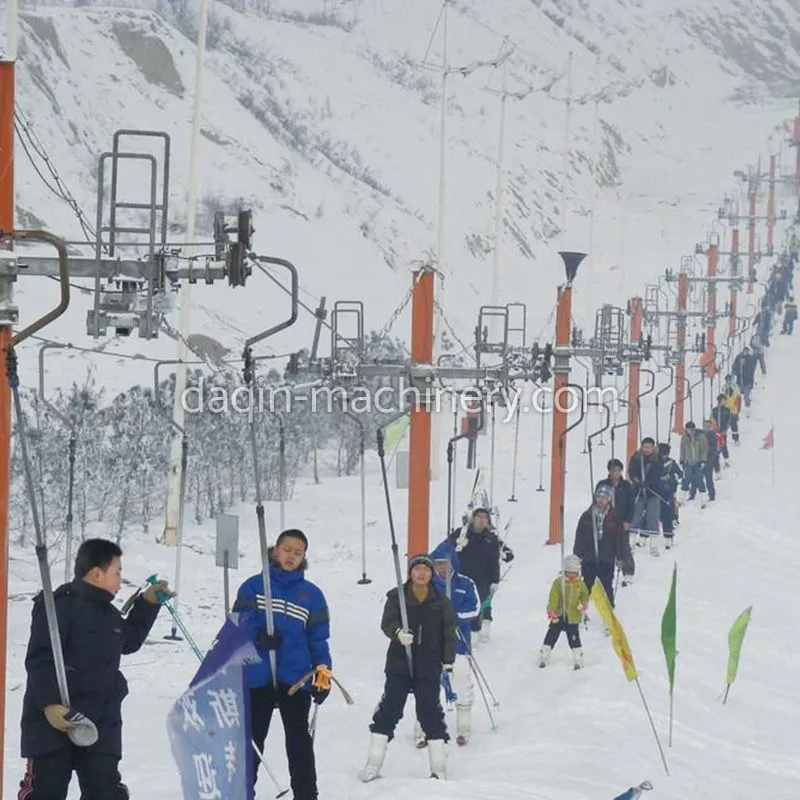Are Ropeways Safe?
Cable cars, also known as ropeways, offer a unique and scenic mode of transportation in many parts of the world. However, concerns about their safety often arise, especially among those who are wary of heights or have experienced accidents in similar modes of transport. In this article, we delve into the safety measures and statistics surrounding ropeways to determine if they are indeed a secure means of travel.
Safety Features and Regulations
Ropeway systems are equipped with various safety features to ensure the well-being of passengers. These features typically include robust cables, sturdy cabins or gondolas, emergency brakes, and regular maintenance schedules. Additionally, regulatory bodies in many countries enforce stringent safety standards for the construction and operation of ropeways. These standards cover everything from the materials used in construction to the qualifications of operators and maintenance personnel.
Accident Statistics
While accidents involving ropeways do occur, they are relatively rare compared to other forms of transportation. According to data from the International Ropeway Association, the accident rate for cable cars is lower than that of automobiles, trains, and airplanes. Most accidents are minor and result in few or no injuries. Fatal accidents are exceedingly rare and often attributed to extreme weather conditions or human error.

Human Error and Risk Mitigation
Additional reading:How Aerial Ropeways are Revolutionizing Urban Infrastructure?
Transform Your Workouts: Unlock the Future of Intelligent Power Generation Fitness Equipment
How CoreAlign Pilates Enhances Core Strength and Stability
Choosing the Right Power Generating Spin Bike:Solutions to Common Concerns
Transform Your Space: Benefits of the Maple Tree Reformer
Home Energy Storage Systems: Powering Your Sports Equipment
Is Your Pilates Reformer Safe for Home Use?
Human error is a factor in some ropeway accidents, highlighting the importance of proper training for operators and adherence to safety protocols. Risk mitigation strategies, such as regular inspections, safety audits, and staff training programs, help minimize the likelihood of accidents caused by human factors. Additionally, technological advancements, such as automated monitoring systems and improved cabin designs, contribute to enhanced safety standards.
Passenger Behavior and Safety Guidelines
Passenger behavior also plays a role in the overall safety of ropeway systems. Following safety guidelines, such as remaining seated during the ride, refraining from rocking the cabin, and avoiding leaning out of open windows, can significantly reduce the risk of accidents or injuries. Responsible behavior not only enhances the safety of individual passengers but also contributes to the overall security of the ropeway system.
Conclusion
In conclusion, ropeways are generally considered safe modes of transportation, with low accident rates and robust safety measures in place. While accidents can occur, they are rare, and the vast majority of journeys are completed without incident. By adhering to safety guidelines, implementing stringent regulations, and continuously improving technology and training protocols, the safety of Daqin ropeways can be further enhanced, ensuring that passengers can enjoy their scenic rides with peace of mind.



Comments